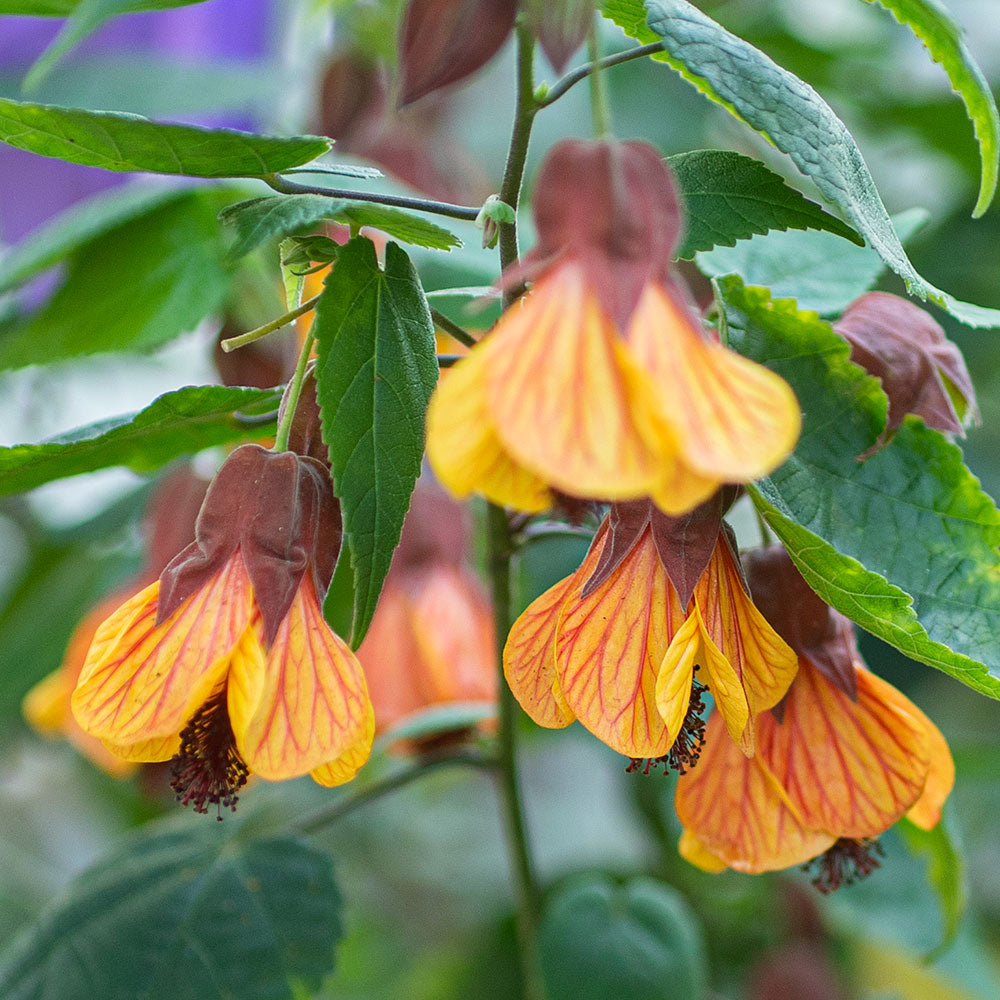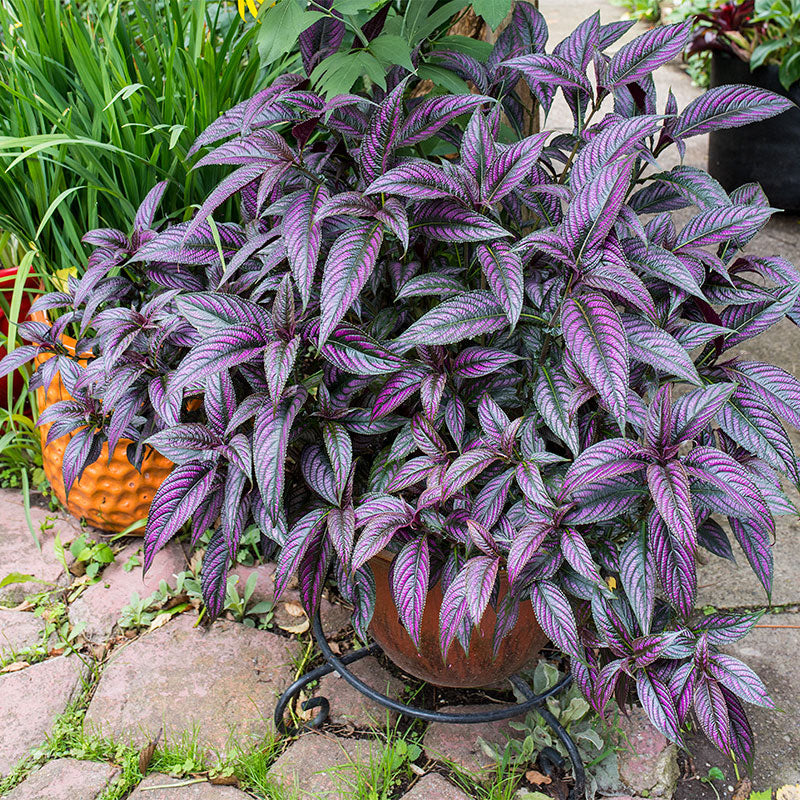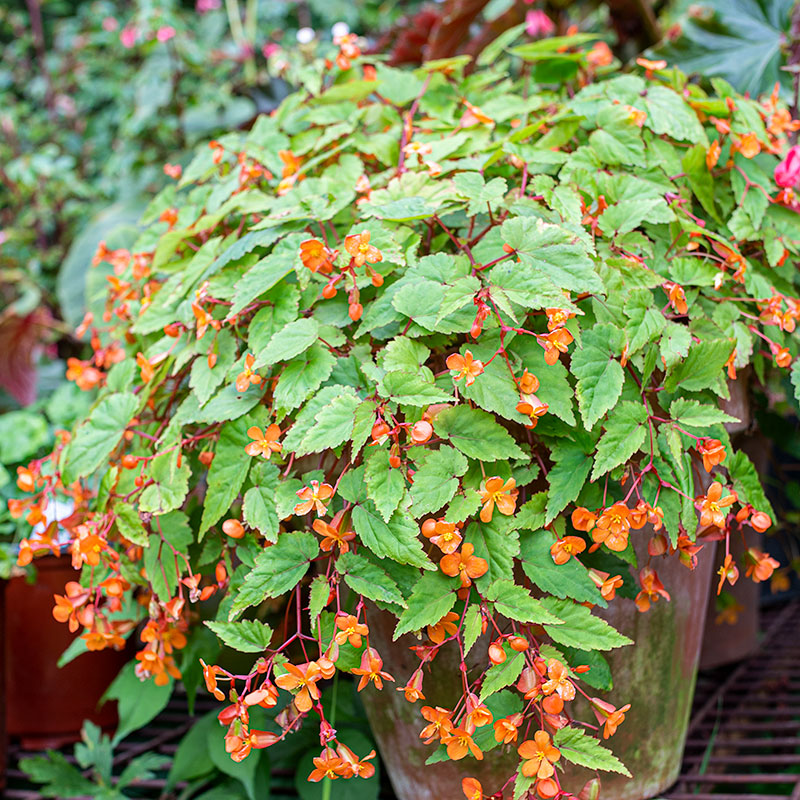Plant
Abutilon 'Orange Hot Lava'
Abutilon megapotamicum
In the world of abutilons with shrub-like proportions, 'Orange Hot Lava' is a desirable compact grower for northern gardens, where its dangling bells couched in velvety dusky purple calyxes flower generously and over a long season. A welcome patio plant, and when fall frost threatens, a freely blooming houseplant to delight during the long days of winter.
SKU #P8541
Currently Unavailable
Notify Me When Available
Growing Companions




































